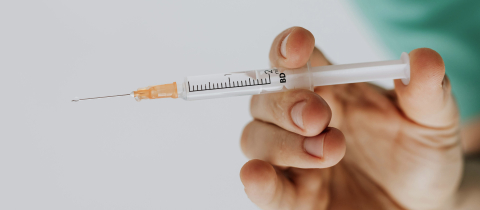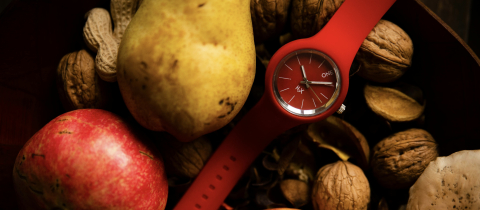While consuming too much of any alcoholic substance can lead to a headache, red wine headaches tend to be a little bit different. Both because a red-wine-induced headache tends to hit the drinker within 30 minutes to 3 hours of consuming the beverage, rather than several hours later as in the case of a hangover, and because rather than copious amounts of alcohol, red wine headaches can be induced with even just one or two glasses.
Sulphites, tannins, amines, and other red wine constituents have been blamed, but no convincing evidence has ever been found to support these hypotheses. But a new study from the University of California has identified a novel culprit — quercetin.
Quercetin is a flavanol found in many plants including kale, onions, capers, coriander, cranberries, and grapes. It’s metabolized by our bodies into a variety of glucuronides. In this new study, researchers evaluated several wine flavonoids in vitro, including several quercetin metabolites, for their ability to inhibit aldehyde dehydrogenase 2 (ALDH2), one of the main enzymes involved in breaking down the alcohol we ingest. The most potent was quercetin-3-glucuronide, which led to nearly 3 times as much inhibition as the next best compound tested.
The authors propose that when we drink red wine, which contains both alcohol and quercetin, our livers change quercetin into quercetin-3-glucuronide, which can inhibit ALDH2, the second link in the alcohol breakdown chain. This in turn can lead to a buildup of acetaldehyde, a compound that is known to cause nausea, increased sweating, facial blushing, and headaches.
Importantly, we need both partners in this equation to get the outcome of a headache. As Dr. Andrew L. Waterhouse, corresponding author, explained to me: “Quercetin by itself does not cause headaches… there is lots of quercetin in onions, but no one complains about headaches after eating onions. So, both alcohol and quercetin have to be present at the same time.“
It’s also a buildup of acetaldehyde that’s responsible for the strong blushing effect seen in about 40% of East Asian people, as they possess a form of ALDH2 that is less active than typical ALDH2. Beyond the blush, such people can also experience nausea, an increased heart rate and headache after drinking.
As the scientists behind this study point out, this theory will need to be put to the test before it can be proven. The simplest way to do so would be to provide test subjects with either a quercetin supplement or a placebo, then administer them plain ethanol (such as vodka) and observe the results.
But, if the researchers are correct, and quercetin and ethanol lead to a headache, why can some of us drink red wine fine, while others receive the dreaded red wine headache? There are a few potential factors, all of which will need to be studied further before we can know for sure.
For one, while studies have previously shown that red wine exhibits significantly more quercetin content than white wine, the amounts can vary considerably between red wines of different types and origins. Procedures during winemaking like aging and fermentation methods can affect the total flavanol content, and one specifically known factor is the amount of sun exposure wine grapes have while growing. In vineyards that produce ultra-premium wines, practices like crop thinning and leaf removal lead to more sunshine on the fruit, compared with more budget-friendly high-volume vineyards. One study found that total flavanol content was four times higher in the ultra-premium wine versus the high-volume wine, meaning that if you experience red wine headaches, you may be better off buying cheap wines.
The specific enzymes that process quercetin may differ from person to person, similar to how ALDH2 differs in some. And it may be that acetaldehyde triggers headaches only in those predisposed, or at lower levels for some. Perhaps there are differences in how much quercetic individuals absorb, and/or metabolize. Or it may be due to a factor we haven’t even considered yet. We don’t know yet for sure, but what we do have now is a very promising lead to investigate.







